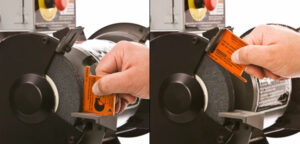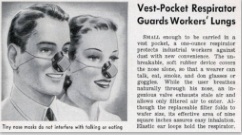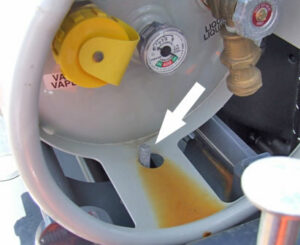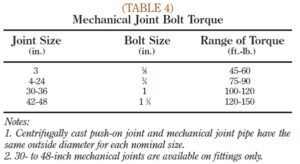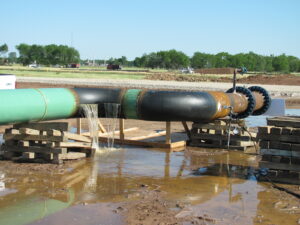Let us help you make sense of PSM / RMP!
My friend Brian Chapin will be offering an open-enrollment PSM/RMP class in Burleson, Texas, July 8th to 11th, 2025. Brian is an absolute pro in NH3 Refrigeration Process Safety. Anyone who attends will also get a FREE membership to SAFTENG. You can get more information on the class with this link.
CLICK HERE to Renew your Membership
CLICK HERE for a NEW Membership
CLICK HERE to see eligibility requirements for FREE Membership
If you have any questions, please contact m
SAFTENG has:
- Over 18,000 categorized unsafe acts/conditions and accident/injury photos
- Over 1,500 ppt's & doc's in the SAFTENG Library
- Over 4,000 Technical Articles on Process Safety, Emergency Response & OSH topics
- Over 450 videos (those not allowed on YouTube Channel)
Many THANKS to my NEW Members and those who CONTINUE to support SAFTENG:














May 19, 2011
Next to preventing accidents, my second love is an efficiently and safe run HAZMAT incident! Although I am no longer allowed to wear LEVEL A’s anymore (Boss thinks I do not need to engage in this level risk!!!) I still do a lot of responses each year as a HAZMAT Specialist and man do I see some crazy things around the world. But one common thing that I see often is LACK OF PROPER...
Read More
May 18, 2011
This week’s alerts have generated a lot of questions about pedestal and bench grinder safety measures. I will try and explain and show the OSHA requirements and why they are what they are…
…
HomeRead More »
Read More
May 17, 2011
Many THANKS to my RENEWING PARTNERS in SAFETY! Since 2008 since 2005 Since 2009 since 2005 since 2008 2011 Fatality Tracker Electrical 19 (2010 = 90) (2009 = 100) Forklift/Manlift Mobile Equipment 34 (2010 = 110) (2009=88) Mining 71 (2010 = 480) (2009 = 586) Explosions 90 (2010 = 246) (2009 = 302) Cranes 15 (2010=50) (2009 = 82) Falls 46 (2010 = 139) (2009 = 172) (2008 = 250) Work Zone 7 (2010...
Read More
May 16, 2011
Last week I came across a situation that had a significant impact on the site’s WCS and I would bet it is more common than most sites have considered.
…
HomeRead More »
Read More
May 15, 2011
UPDATE (5/16/11) How many of your PIT drivers know what that little hole in the propane cylinder protective valve collar is really for? Next time you walk by a PIT, check to see if the cylinder is installed properly. Here is a tip…
…
HomeRead More »
Read More
May 15, 2011
Worker climbs out of excavation just in the nick of time before it collapses. (1 min 26 s)
…
HomeRead More »
Read More
May 14, 2011
These tables were developed to be used with Garlock spiral wound gaskets. They are to be used only as a general guide. They should not be considered to contain absolute values due to the large number of uncontrollable variables involved with bolted joints. If there is doubt as to the proper torque value to use, we suggest that the maximum value be used. All bolt torque values are based upon...
Read More
May 14, 2011
These are pipe installation instructions. I have posted the portion regarding the joining of flanges. Note the “torque” requirements. Wipe clean the socket and the plain end. Brush both the gasket and plain end with soapy water or an approved push-on joint lubricant meeting the requirements of ANSI/AWWA C111/A21.11 immediately before slipping the gasket onto the plain end for...
Read More
May 13, 2011
Many THANKS to my NEW & RENEWING Corporate Partners in Safety! since 2005 since 2008 since 2005 since 2008 2011 Fatality Tracker Electrical 19 (2010 = 90) (2009 = 100) Forklift/Manlift Mobile Equipment 34 (2010 = 110) (2009=88) Mining 71 (2010 = 480) (2009 = 586) Explosions 86 (2010 = 246) (2009 = 302) Cranes 14 (2010=50) (2009 = 82) Falls 44 (2010 = 139) (2009 = 172) (2008 = 250) Work Zone...
Read More
May 12, 2011
UPDATED on 5/19/11 @ 9:02 p.m. EST
This incident occurred 4 May 2011 on a pipeline project during a hydro-test of new piping.
…
HomeRead More »
Read More
May 11, 2011
Just by sheer luck (bad) I, unfortunately, came across a perfect example of how IMPROPER torquing can create a VERY SERIOUS HAZARD in a chemical process. I was helping a client with a process that has a runaway reaction potential. Our study took us to the reactor so we could examine the pressure relief system, where we noticed the rupture disc holder flange was off center and the two flange...
Read More


